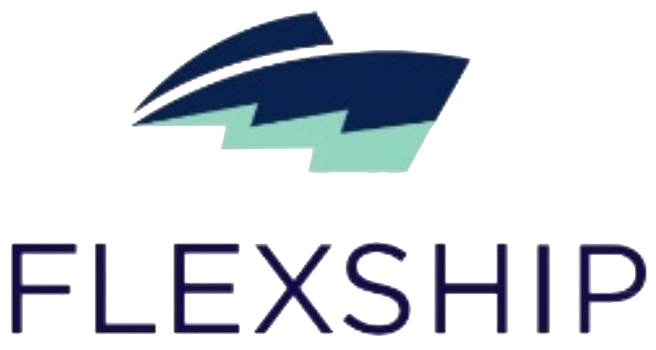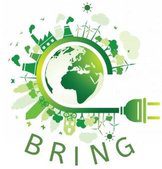Project description
In line with the European 2050 goals ESCALATE aims to demonstrate high-efficiency zHDV powertrains (up to 10% increase) for long-haul applications that will provide a range of 800
km without refueling/recharging and cover at least 500 km average daily operation (6+ months) in real conditions. ESCALATE will achieve this by following modularity and scalability approach starting from the β-level of hardware and software innovations and aiming to reach the γ-level in the first sprint and eventually the δ-level at the project end through its 2 sprint-V-cycle. ESCALATE is built on the novel concepts around 3 main innovation areas, which are:
- Standardized well-designed, cost effective modular and scalable multi-powertrain components;
- Fast Fueling & Grid-friendly charging solutions; and
- Digital Twin (DT) & AI-based management tools considering capacity, availability, speed, and nature of the charging infrastructures as well as the fleet structures.
Throughout the project lifetime, 5 pilots, 5 DTs and 5 case studies on TCO (with the target of 10% reduction), together with their environmental performance via TranSensusLCA will be performed. The ultimate goal is to develop well-designed modular building blocks with a TRL7/8 based on business model innovations used for 3 types of zHDVs {b-HDV,f-HDV,r-HDV}. Furthermore, 3 white papers will be produced, one of which will contribute defining the pathway for reducing well-to-wheel GHG emissions from HDVs based on results and policy assessments.
A few more projects
-

Flexship project
FLEXSHIP will facilitate the transition of the waterborne sector towards climate neutrality by delivering a digital green concept for electrification of vessels consisting of a Green Digital Twin (GDT) for designing fit-for-purpose vessel electrical grid architectures and integrating a large battery capacity system into two existing vessel (DEMO 1 & 2) electrical systems, a compact, low-weight, modular and simple, high-efficiency battery system, and a safe integration guide of the system onboard ensuring system interoperability.

